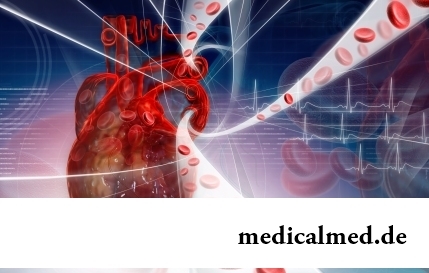





7 signs of deficit of fats in a diet
For many women the word "fat" sounds as a sentence. In aspiration to an ideal figure they try to exclude, first of all, from the menu all dishes containing fats without having at the same time a clear idea of a role of these substances in exchange processes, and of effects for health with which food restrictions of this sort are fraught. For what the human body needs fats and as their deficit in a diet is shown, we also will try to find out.
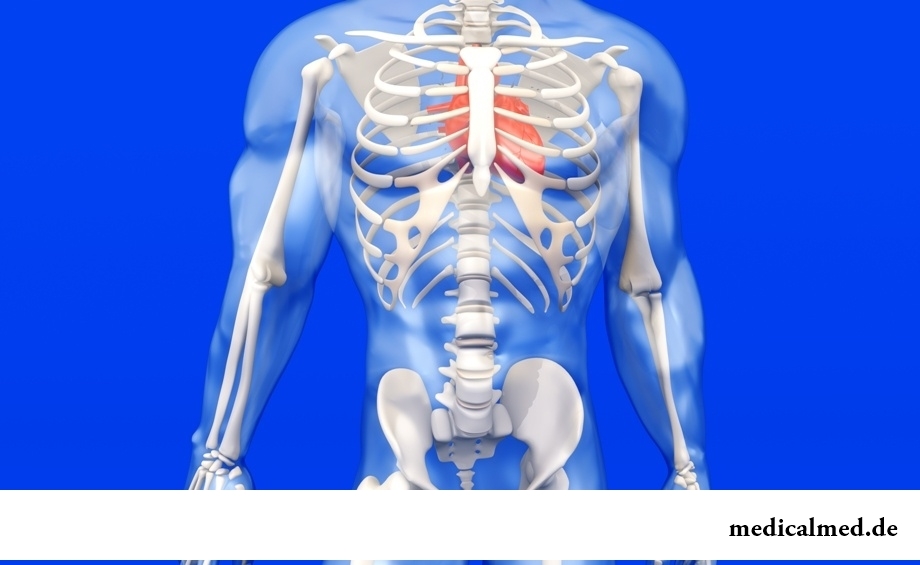
Role of fats in an organism
On average, the adult in days consumes about 70 g of fats. They get to an organism with food, are split in an upper part of a small intestine, and then soaked up in blood. Almost all fats (95%) either are used, or laid in store. Other 5% are allocated with sebaceous glands. Fats are necessary for a human body for:
- Formations of connecting fabric and cellular membranes;
- Creations of the hypodermic performing functions of protection against differences of temperatures and mechanical influences, and also shock-absorbing layers between internals;
- Preservations of elasticity of walls of blood vessels;
- Digestion of fat-soluble vitamins;
- Optimization of work of a cardiac muscle;
- Maintenance of a tone of skin;
- Productions of hormones (including sexual).
Besides, nerve fibrils and cells of a brain substantially consist of fats. Without these substances normal functioning of most bodies and systems of a human body is impossible.
Influence of a lack of fats on health and appearance
There is a number of the diseases having an adverse effect on process of digestion of fats. The pathologies of a liver and biliary tract preventing these substances to be split normally in intestines concern to them, for example. However the bulk of the states connected with deficit of fats is made by cases of intended refusal of their consumption. Usually it is done by the women dreaming to lose weight quickly.
According to specialists, the amount of the fats entering the adult's diet should not be less than 30 g a day. At disturbance of this rule there are following symptoms:
- Dryness, flabbiness and peeling of skin. Increase in sensitivity of covers, growth of risk of development of allergic rashes. Aggravation of symptoms of hair (loss, gloss reduction etc.). It effects of impossibility of assimilation by an organism of fat-soluble vitamins;
- Disturbances of memory, problem with concentration of attention;
- The feeling of hunger appearing soon after food. The feeling of constant cold arising at reduction of thickness of a hypodermic fatty layer;
- Malfunctions with sight. At deficit of fats dryness of a mucous membrane, an itch and fatigue of eyes appear. The probability of increase in intraocular pressure and development of glaucoma increases;
- Failures in work of cardiovascular system. Disturbance of such difficult process as exchange of fats, leads to increase in amount of cholesterol in blood which negatively is reflected in a condition of walls of vessels and a cardiac muscle;
- Weakness, bystry fatigue. Fats are an energy source for an organism. Not without reason the people doing manual work are forced to eat greasy, high-calorific food;
- Thirst, as a result of disbolism.
Transition to a bezzhirovy diet quite often comes to an end not with weight loss, and a set of excess weight. It is connected with the fact that the organism aims to fill a lack of power material by means of additional bystry carbohydrates which strengthened consumption causes emergence of new fatty stocks. On the contrary, reduction of amount of carbohydrates in a diet leads to an expenditure of the material which is saved up in fat depos and weight reduction.
It is considered that the amount of fats has to make not less than 18-20% of body weight of the woman. If the diet leads to essential reduction of this indicator, there are joint pains, disturbances of work of a digestive tract, hormonal failures. In hard cases (when fatty layers strongly decrease), internals can be displaced. A striking example of process of this kind is the omission of kidneys leading to twisting of ureters and other heavy pathologies.
Competent approach to inclusion of fats in a diet
So, we found out that use of the diets which are completely excluding consumption of fats not only is useless, but also it is really dangerous. How to organize the food to get rid of the bothered kilograms?
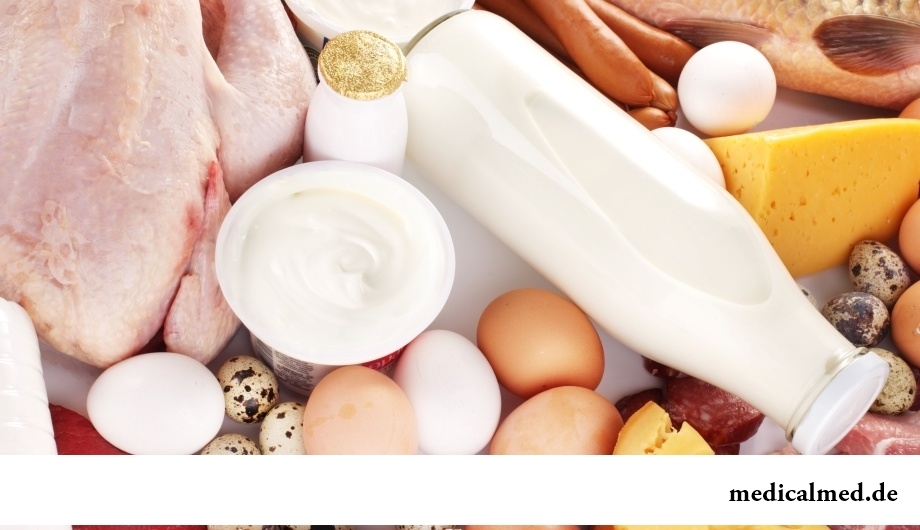
First, it is necessary to remember that the healthy diet has to be balanced, and fats by the number of calories cannot make less its third. On the weight and volume it is not much as the food containing these substances is very caloric. Secondly, fats are not identical on quality and impact which they exert on an organism. Products which part a polyunsaturated omega-3 and an omega-6 fatty acids are are the most useful, and from them it is necessary to receive the bulk of fats. This is fat sea fish, nuts and sunflower seeds, olives, vegetable oil. Normal functioning of an organism requires also a small amount of saturated fats. Their safest sources are fast meat and dairy products.
Food which part a large amount of saturated fats is (fat meat fat, meat and fish cookery, smoked products etc.), badly influences a metabolism. Its consumption needs to be minimized. The products containing transfats (fast food, chips, canned food), it is necessary to exclude from a diet in general: they not only deliver harmful substances in an organism, but also oppress work of a stomach, intestines and liver, than prevent digestion of useful fats.
Desire should not lose weight to give to an aggravation of symptoms of health and appearance or decrease in working capacity. In problem cases it is the best of all not to be engaged in amateur performance, and to entrust drawing up a diet to the specialist nutritionist: it will help to achieve weight reduction, having avoided unpleasant effects.
Stomatologists appeared relatively recently. In the 19th century to pull out painful teeth belonged to duties of the ordinary hairdresser.

Each woman has preferences in the field of use of those goods which help us to look good, feel се...
Section: Articles about health
Zone hypostases under eyes - very widespread problem giving to people is a lot of inconvenience. Hypodermic fabric in these parts has very loose structure and almost does not contain collagenic fibers. Besides, the skin covering подглазья constantly is exposed...
Section: Articles about health
Many of us, probably, noticed more than once that from intellectual loadings at some point the brain as though "overheats" and "assimilation" of information is strongly slowed down. Especially this problem urgent for persons of age becomes more senior than fifty years. "Already badly I think", "the head will burst now", "memory as if is disconnected" - here that wants to be told at the time of information overload....
Section: Articles about health
Cold, puffiness of a nose, itch, the watering eyes - characteristic symptoms of the allergic rhinitis resulting from hit and...
Section: Articles about health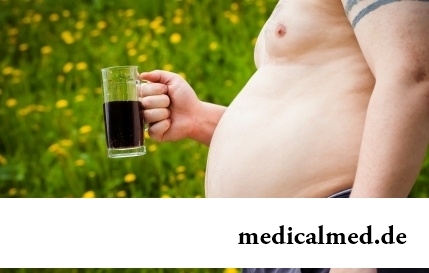
There is a lot of fans of beer in our country. Statistically, on each average Russian (including women and children) in a year about 60 liters of this drink are consumed. It is not a lot of, as in the Czech Republic or Germany, but figure all the same impressive. Radova...
Section: Articles about health
Popular joke that there are no healthy people, and is nedoobsledovanny, most of us considers an honest truth, continually it is necessary to hear that all of us are sick hardly from a school bench. It is hard to say whether so it actually because too often people are treated for nonexistent diseases, and sometimes call a disease what is something another. Sometimes in it the doctors of old school making diagnoses which are cancelled long ago – medicine still unless are guilty...
Section: Articles about health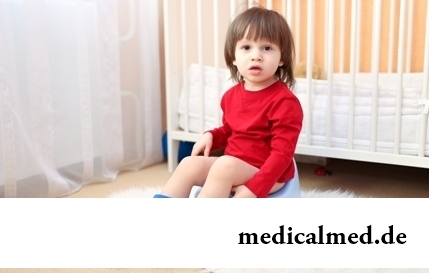
All parents are ready to what the baby often and pisat much. Since then, as the absorbing diapers strongly became current...
Section: Articles about health
The dietology, as well as other sciences, does not stand still. Food stuffs are exposed to comprehensive study, and scientists obtain new information on their properties and influence on a human body. Unfortunately, this reasonable and natural process from time to time д...
Section: Articles about health
Obesity is called a disease of 21 centuries, for the last 100 years the number of the people suffering from excess body weight considerably increased. Statistically, on Earth already about 1,5 billion corpulent people, and 500 million from them have the extreme degree of completeness negatively affecting quality and duration of their life. What served as the reason of growth of stout persons on the planet? How not to get to their ranks? Let's consider five main premises for increase in body weight in conditions современнос...
Section: Articles about health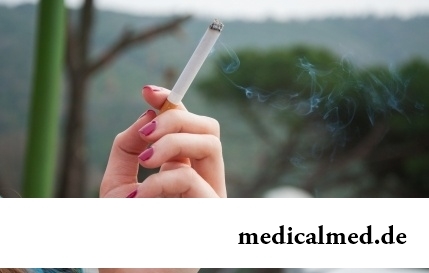
Statistically, in Russia about 34% of citizens smoke. Most of consumers of tobacco has problems about health sooner or later...
Section: Articles about health
Is told about advantage of domestic animals for development of the child much. But many parents nevertheless do not hurry to bring pets as are afraid that they can do harm to health of children. What troubles can really trap kids and how to make with...
Section: Articles about health
So, you resolved to lose weight. And now you try to understand what to begin with: from exercise stresses or a diet? And how to make that process of weight loss did not give you an inconvenience, and, on the contrary, brought joy?...
Section: Slideshow
The summer of this year in Russia was very ambiguous. Regions suffered from a merciless heat, from pouring rains, from times...
Section: Articles about health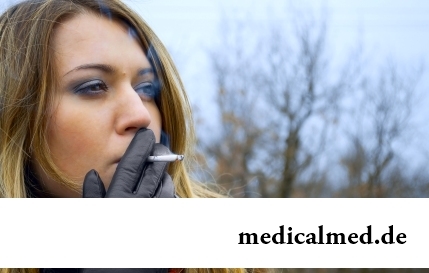
Dark circles (bruises) under eyes – a shortcoming with most of which often fight against the help of cosmetics (proofreaders, saloon procedures and so forth), eliminating only its visibility. However, according to doctors, skin around eyes – the indicator of many disturbances in an organism...
Section: Articles about health
The majority of gynecologic diseases prove three main signs, each of which speaks about need of a visit to the gynecologist. Certainly, it is possible to establish the exact diagnosis only after inspection, but on the basis of some signs it is possible to assume existence of this or that pathology. Let's consider symptoms of the female diseases which are found most often....
Section: Articles about health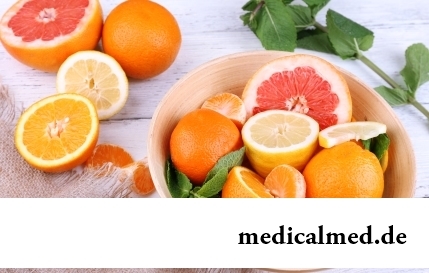
Smoking not only exerts a negative impact on the state of health of the consumer of tobacco products, but is a source з...
Section: Articles about health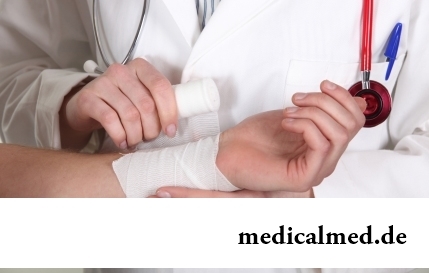
The words "disease" and "patient" not without reason come from one root – "pain". As a rule, symptoms of illnesses thoroughly spoil to patients life. However from this rule there are exceptions. Some diseases are shown by signs which can cause even полож...
Section: Articles about health
One of the major chemical processes happening in a human body are oxidation reactions. They go with participation of fats and carbohydrates which we receive from food, and the oxygen getting to us from air. A main goal of such reactions is obtaining the energy necessary for life activity. Unfortunately, as a result of these processes dangerous by-products – so-called free radicals are allocated. To minimize harm which they can cause to the person neo...
Section: Articles about health
Women quite often suffer from complexes concerning the sizes of the bust. Strangely enough, reason душевног...
Section: Articles about health
What is in our understanding weeds? It plants which are considered to be suitable only for compost pits and feeding of animals. Meanwhile, among the weeds growing literally under legs it is possible to find the mass of the officinal herbs possessing invaluable Paul...
Section: Articles about health
We live during an advertizing era. Daily each person receives a solid portion of persuasive councils about what to eat to be healthy and successful. Products about which we will talk today are combined by the following circumstance: all of them are positioned as the most useful and the most suitable for inclusion in a morning meal. Unfortunately, it is not true: these 10 products do not suit for breakfasts at all....
Section: Articles about health
It seems, quite recently you brought the baby from maternity hospital, but time flew by, and here it is already going to join the first...
Section: Articles about health
For the help to doctors in the choice of optimal solutions for treatment of various diseases the Cochrane scientific organization (Cochrane) conducts joint researches with representatives of scientific community around the world. The analysis of a series became carried out by one of the last methanolyses...
Section: Articles about health
About influence of fasting days on an organism it is told much – both about advantages, and about shortcomings. It is considered that fasting day in the form of a short-term monodiet is useful, promoting effective removal of slags from an organism whereas irregular, excessively long, spontaneous fasting days lead only to deterioration in health. How to derive benefit from the sparing diet and not to do much harm to itself? Let's consider the main advantages and shortcomings of fasting days and their influence on an org...
Section: Articles about health
It would seem, about it there can be no disagreements: water is necessary for a human body for normal zhiznedeyatet...
Section: Articles about health
Not without reason doctors say that 90% of diseases begin or develop because of misoperation of intestines. Disturbance of its functions is connected with various factors among which the important place belongs to excessive "clutter" of an intestinal path. In an organism скаплив...
Section: Articles about health
(Xerostomia) many people consider feeling of a xerostomia small and easily removable inconvenience. This delusion: the symptom can demonstrate existence of serious diseases. It is worth to remember also that saliva performs important functions in an organism: clears the surface of teeth of a food plaque, growth of pathogenic microorganisms oppresses, normalizes acid-base balance, liquefies food and helps to split the carbohydrates which are contained in it. Chronic deficit слюн...
Section: Articles about health
